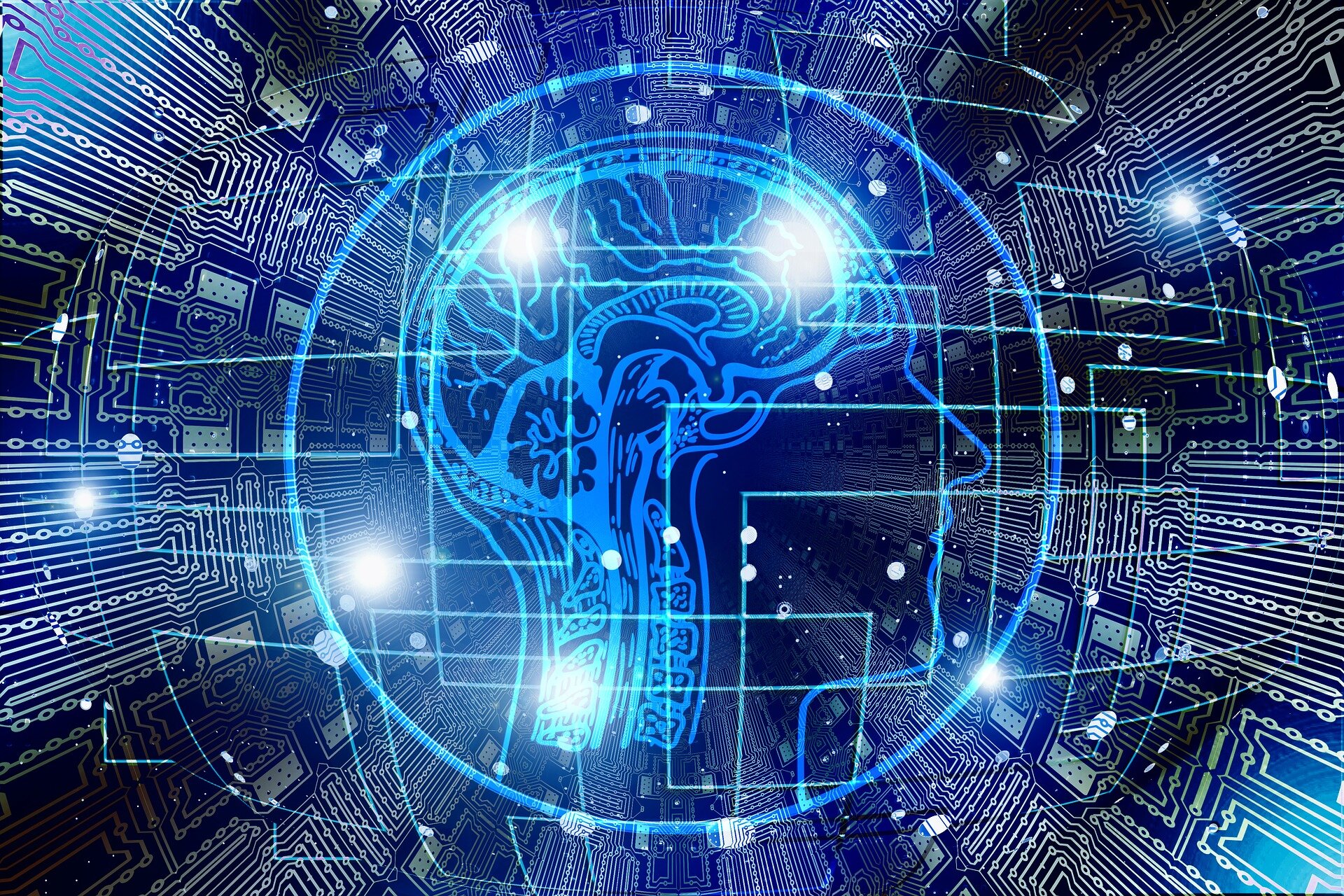The connections between the nervous system and muscles develop differently across the kingdom of life. It takes newborn humans roughly a year to develop the proper muscular systems that support the ability to walk, while cows can walk mere minutes after birth and run not long after.
University of California San Diego researchers, using powerful new visualization technologies, now have a clear picture of why these two scenarios develop so differently. The results offer new insight into understanding muscle contraction in humans that may help in developing future treatments for muscular diseases.
“In this study we set out to understand the molecular details involved in muscle contraction at the point of contact between motor neurons and skeletal muscles, which are the muscles we consciously control,” said School of Biological Sciences Professor Ryan Hibbs, of the new study published in Nature. “We have discovered how the muscle protein changes in its composition during development, which is important in the context of diseases that cause progressive muscle weakness.”
The ability of skeletal muscles to contract allows for our bodies to move — from walking and jumping to breathing and blinking our eyes. All skeletal muscle contractions originate at the junction between motor neurons, which originate in the spinal cord and brainstem, and muscle fibers. It’s here that neurons release a transmitter chemical called acetylcholine. These molecules bind to a protein receptor on the cells of muscles, triggering an opening in the cell membrane. Electrical currents flow into the cell, which causes muscles to contract.
The way neurons release chemicals that communicate with muscles has been a model system studied for more than a century. But a missing piece of this system has been visual depictions of how the process works. What does the structure of the muscle receptor protein that opens up look like?
To find out, Hibbs, study first author Huanhuan Li, a postdoctoral scholar, and Jinfeng Teng, a research data analyst, tapped cryo-electron microscopy (cryo-EM) technology based at UC San Diego’s new Goeddel Family Technology Sandbox, a hub for cutting-edge research instruments. Cryo-EM leverages ultra-powerful microscopes to capture images of molecules that are “frozen” in place.
The results featured the first visualizations of the 3-D structure of the muscle acetylcholine receptor. Since human tissue is difficult to obtain for such muscle contraction studies, the researchers accessed fetal tissue samples from cow skeletal muscles. In order to isolate the receptor in the samples, the researchers turned to an unlikely source: snake venom. A poisonous snake neurotoxin that paralyzes prey was used to latch onto the muscle receptors in the cow samples, allowing the researchers to isolate the receptors to study them. The cryo-EM visualizations then allowed the researchers to witness how the receptor development process unfolds.
Along with the new data came a serendipitous finding. The researchers discovered that they could see the structures of both fetal and adult receptors from the same fetal cow tissue samples.
“We hoped to see the structure of the receptor and we did see that, but we also saw that there were two different versions of it,” said Hibbs. “That was a surprise.”
In retrospect, the discovery of two receptor types makes sense, according to Hibbs. Since calves are developing in utero, the fetal receptors were expected. To walk like an adult shortly after birth, they start building adult nerve-muscle connections much earlier in development.
“This discovery explains how animals like cows that need to walk on the day they are born form mature neuromuscular junctions before birth, unlike humans, who have poor muscle coordination for months after birth,” said Hibbs. “Being able to see the receptor details allows us to connect their differences to how one allows for nerve-muscle connection and the other allows for muscle contraction.”
The findings of the study are already being applied to investigations of muscle-based disorders, such as congenital myasthenic syndromes (CMS) that result in muscle weakness. A common autoimmune disease known as myasthenia gravis involves antibodies that mistakenly attack the muscle acetylcholine receptor, causing weak skeletal muscles.
“This new level of insight into the muscle receptor will help researchers understand how mutations in its gene cause disease, and may facilitate personalized treatment for individual patients with different pathologies in the future,” said lead author Li.

